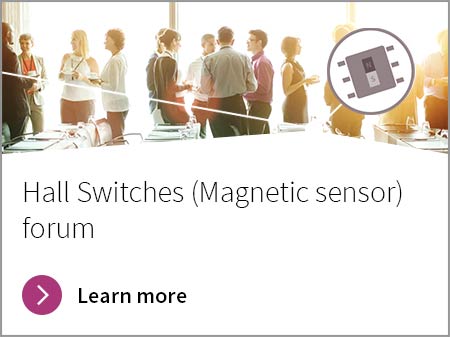Low power BDC/BLDC motor drives up to 72 V
Motor drive and control solutions for non-passenger, low-power motor applications such as power tools, robotics, toys and drones
The movement of motor technology away from corded electrification and toward small battery-powered motors continues to gain momentum in the market. Initially, the move to battery-powered electric motor control centered around brushed DC (BDC) motor technology, and while it continues to be widely used, applications requiring increased efficiency and durability from low-power/high-torque electric motor systems have been transitioning to brushless DC (BLDC) technology.
Compared to traditional small, low-voltage brushed electric motors, BLDC motors are quieter, lighter, and offer an overall reduced footprint while providing increased reliability. These improvements, however, come with an increased need for monitoring and control, requiring significantly more complex electronics and supporting algorithms.
With industry-leading technology and reliability, Infineon’s extensive portfolio of discrete and integrated circuits offers the breadth and depth of solutions necessary to meet the demands across a wide spectrum of electric motor systems for brushed or brushless implementations.
The wider Infineon portfolio further includes variable-speed electric motor controller and drive solutions, including those for low-power stepper motor designs, low-voltage AC induction motors designs and more. Furthermore, with straightforward and easy-to-implement motor control reference designs for a range of applications, system designers can get their products to market faster.
Types of low-power battery solutions
3S batteries, BLDC solutions include a microcontroller, 3-phase integrated MOSFET gate drivers (6EDL7141), typically 30V N-channel MOSFETs and Hall-effect sensors (TLV4961) for position detection. Often the motor is controlled through block commutation or field-oriented control (FOC) algorithms executed by the (XMC1000 family) microcontroller. Solutions are also available for sine wave and trapezoidal wave control. These electric motor solutions usually benefit from smaller designs that integrate the microcontroller with the 3-phase gate driver and power management such as the IMD700A.
4S, 5S, 6S batteries, BLDC 12V-24V motor control solutions include microcontroller, 3-phase integrated MOSFET gate drivers (6EDL7141), typically 40V N-channel MOSFETs and Hall-effect sensors (TLV4961) for position detection. Often the BLDC motor is controlled through block commutation or field-oriented control (FOC) algorithms executed by the (XMC1000 family) microcontroller. Solutions are also available for sine wave and trapezoidal wave control. These low-power electric motor systems usually benefit from smaller solutions that integrate the microcontroller with the 3-phase gate driver and power management such as the IMD700A.
7S, 8S, 9S, 10S, batteries, BLDC solutions often include stand-alone microcontroller, integrated 3-phase drivers (6EDL7141), or half-bridge MOSFET gate drivers (IRS21867), typically 60V-100V N-channel MOSFETs and Hall-effect (TLV4961) sensors for position detection. They may also include current sensors (TLE4971) for accurate measurement beyond that of traditional shunt resistors. Often these are controlled through block commutation or field-oriented control (FOC) algorithms executed by the (XMC1000 or XMC4000 family) microcontroller. Designs may also benefit from smaller solutions that integrate the microcontroller with the 3-phase gate driver and power management such as the IMD700A.
12S + batteries, BLDC solutions include stand-alone microcontroller, half-bridge MOSFET gate drivers (IRS21867), typically 80V-200V N-channel MOSFETs and Hall-effect sensors (TLV4961) for position detection. They may also include current sensors (TLE4971) for accurate measurement beyond that of traditional shunt resistors. Often these are controlled through block commutation or field-oriented control (FOC) algorithms executed by the (XMC1000 or XMC4000 family) microcontroller.

- Get to know the target applications of BLDC motors
- Know the BLDC advantages over brushed and induction mototrs
- Understand the BLDC motor structure & operating principles (3-phase motor)
- Get an overview of the BLDC block diagram and the critical design parameters
- click here
By taking this course you will learn about…
- the motor control and drive functional blocks
- Infineon offerings for these blocks
- the benefits of choosing Infineon solutions
In this webinar, Yannick Maurice, Sr. Product Marketing Manager at Infineon Technologies, introduces MOTIX™ 6EDL7141 for BLDC and PMS motors.
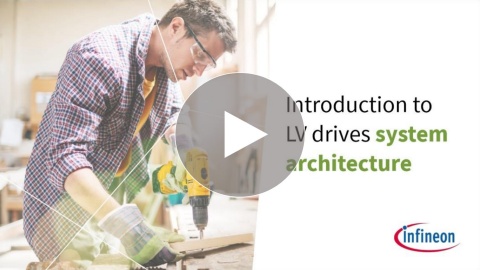
By watching this eLearning you will:
- Recognize the functional block diagram of a typical motor drive system and identify hardware details
- Be able to analyze different parameters to select the most appropriate products for your application
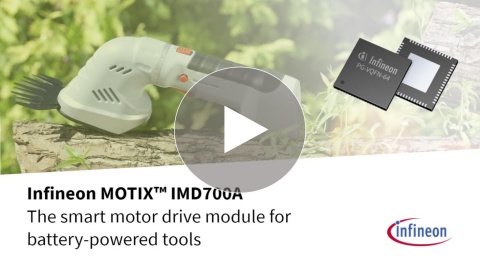
Key takeaways:
- Get to know the features and benefits of Infineon’s MOTIX™ IMD700A smart motor drive module.
- Learn about the architecture, field-oriented control, power supply and much more.
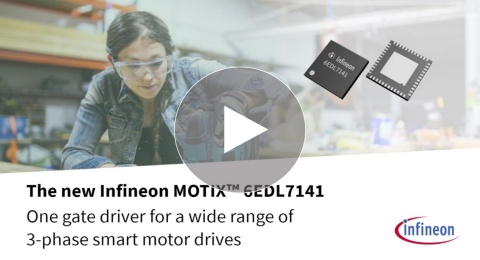
Key takeaways:
- Get to know the features and benefits of this innovative Infineon MOTIX™ 6EDL7141 gate driver
- Learn about the architecture, configurable PMW modes, p0ower supply, and many more.
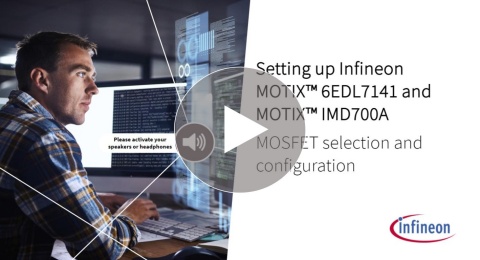
Key takeaways:
- Learn how to choose MOSFETs for Brushless DC motor drive applications
- Know about the gate driver parameters of the MOTIX™ 6EDL7141 and MOTIX™ IMD700A
- Be able to calculate the system parameters for a given MOSFET
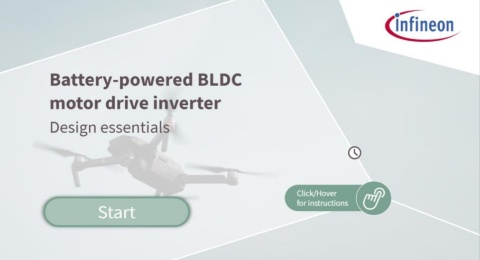
By taking this course you will learn about Battery-powered BLDC motor drive inverter design essentials such as:
- Critical design parameters for battery powered BLDC motor drives
- How critical MOSFET parameters affect power stage performance
- Critical board layout techniques for power stage optimization
- How to select a suitable gate driver
- Which heatsinks suit which applications

